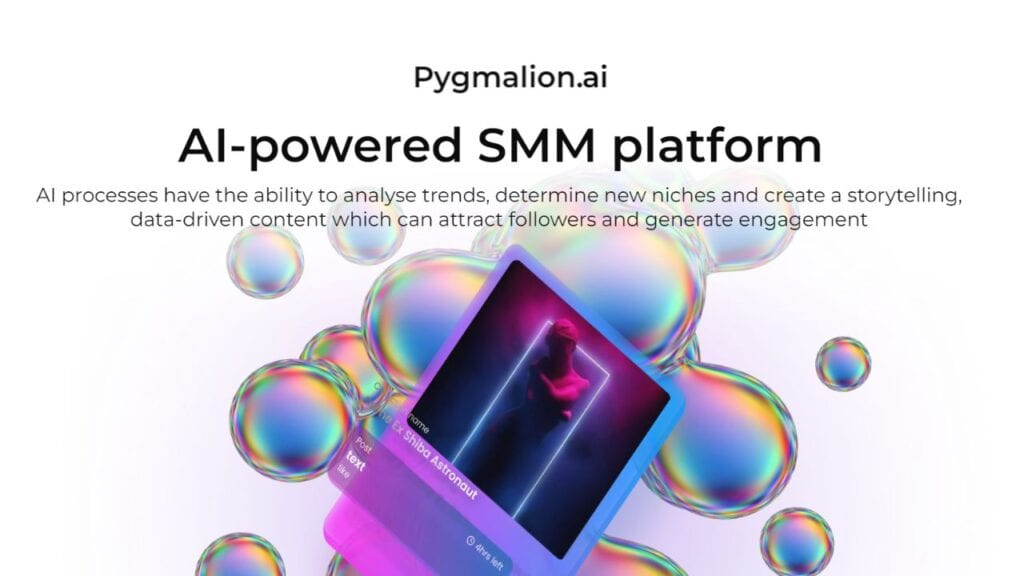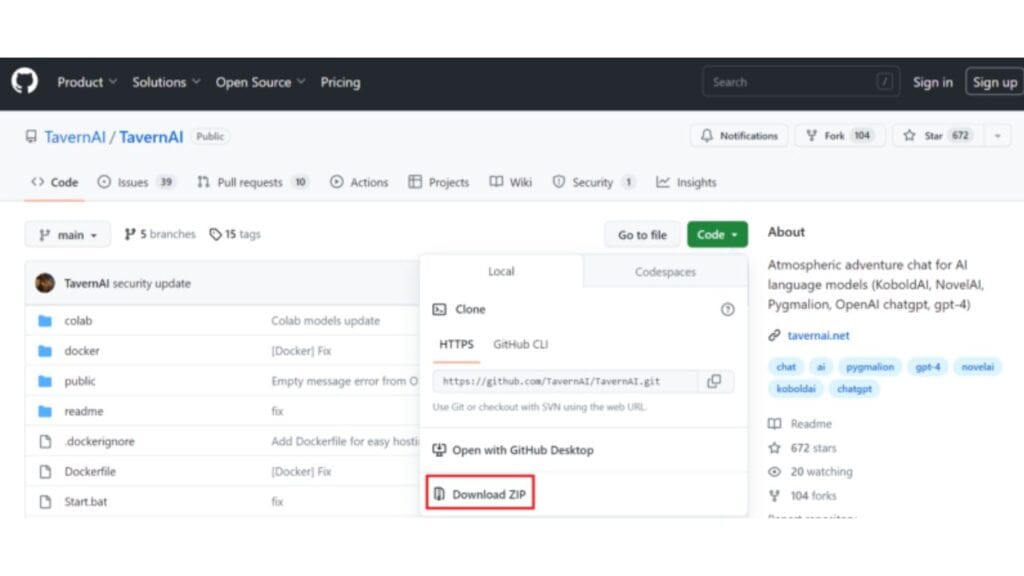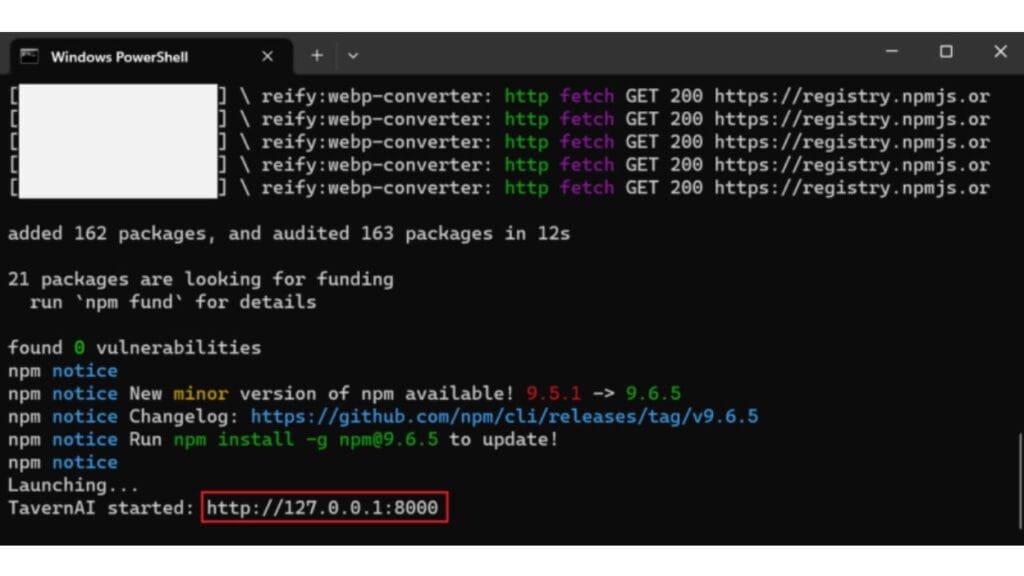We may earn compensation from some listings on this page. Learn More
Pygmalion AI is an advanced large language model that can combine AI with technologies for natural language processing (NPL).

The Pygmalion AI can be used to create intelligent chatbots that can provide human-like transmissions and interactions.
It has made content creation for role-playing games and other social media much simpler, like creating blogs, etc. Read this article further to learn more about the Pygmalion AI tutorial.
Pygmalion AI has been curated for performing chat, analyzing trends, and particularly, role-playing games.
The data set is of high quality and the model has a very low VRAM requirement- 18GB or less. It is based on the 7B variant, based on Meta AI’s LLaMA model. As the model and code is completely open-source, people can mold it to fit their own requirements.
Pygmalion AI, unlike other AI’s, has no restrictions i.e. it is not regulated by any content policy.
Despite having such low VRAM requirements, the performance of Pygmalion is very efficient, as much as that of other large models.
Pygmalion effect is a psychological phenomenon. It talks about behavioral patterns- high expectations lead to better performance and vice versa.
In terms of artificial intelligence, the effect has several correlations with Pygmalion AI:
1. Regulation of Expectations- While interacting with a chatbot, the users expect the bot to be helpful and fast. As social psychology shows, interacting in this way enhances the quality of interaction. If Pygmalion is able to meet, it leads to a better user experience.
2. Learning- Pygmalion learns from the data fed into it. So if users speak to it in a specific style, the AI adopts it. It can be influenced by the user’s expectations and behavior.
3. Self-improvement- The Developer’s expectations from the program may improve its performance as then they will put in more effort to make the system more efficient.
The features and functions of Pygmalion AI are:
1. Analyzing trends for content creation- Pygmalion AI can identify current trends, making it easier for people to create influencing content.
2. Social Media Content Creation- Pygmalion AI can create appropriate data for specific social media platforms such as Instagram, Facebook, etc.
3. Enhanced interactions and role play- Unlike large language models,(LLM) Pygmalion yields more developed chats and role-playing conversations. It can process more natural and realistic conversations.
4. Open Source Model- As Pygmalion AI is a completely open-source model, companies can modify it to adapt and fit their own specific needs.
5. Updated Data- Pygmalion AI has regular updates i.e. people benefit from the latest technologies of artificial intelligence.
6. Easier Programming- Pygmalion AI provides programming assistance. It can aid users in writing specific codes like Python code, etc.
To use Pygmalion AI, users need to get access to the AI. Following are the two ways for the same:
Step 1. Go to tavernAI, and Google Colab will open automatically.
Step 2. Select ‘Connect’ and click the ‘Run cell’ button.

Step 3. After the cells get executed, wait for the model to get downloaded.

Step 4. Click on the URL to open the Pygmalion AI web user interface.
The notebook may be outdated and therefore users can use other methods to set up the AI, like Text Generation WebUI or TavernAI and Kobold.
Step 1. Install node.js. Download 18.16.0 LTS.
Step 2. Download the latest zip version of TavernAI.

Step 3. Extract the file and select the “start.bat” file.
Step 4. Click on the link to start TavernAI.

To use Pygmalion AI, the following steps need to be followed:
Step 1. Access Pygmalion AI through the above 2 listed ways.
Step 2. Click on any existing character within the Pygmalion interface or create a new character with the help of programs like JSON, character card image files, or third parties.
Step 3. Go to the settings menu and click on API. Enter the API key from any authenticated source.

Step 4. Start chatting with the help of characters.

Following are the steps to create a character on AI Character Editor-
Step 1. Open AI Character Editor.
Step 2. Click on ‘start from scratch and create a new character.’
Step 3. Select Pygmalion from the supported formats.
Step 4. Add all the appropriate information about the character.
Step 5. Click on the ‘add image’ button to add an image to the character.
Step 6. Click on ‘save’ to export the character in JSON format.
Pygmalion is used to build LLMs (large-scale language models) based on EleutherAI’s GPT-J 6B and Meta’s LLaMA models.
On the other hand, Character AI is used to create Characters, design, set boundaries and
publish characters for other users to chat within the community.
The main use of Pygmalion AI is for research and content creation while Kobold AI pays more head to story creation and playing text-based adventure games. Hence, Kobold AI pivots even more around role-playing.
The use of both chatbots depends on the respective requirements of the individual.
No, there is no option to create characters within Pygmalion AI. However, users can create it with the help of various other tools such as JSON, character card image files, or third parties, and then import it into Pygmalion AI.